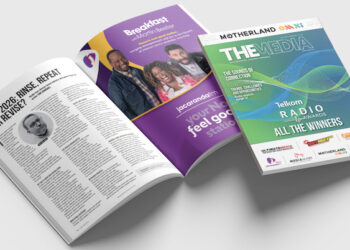Upfronts canceled, postponed or virtualised. Massive live sports events canceled. Hundreds of millions of Americans spending most of the next month(s) indoors at home with their families, looking for something to do.
It’s stating the obvious to note that today’s health crisis is already having an enormous impact on the media industry. But have you considered that many of these changes are likely to be permanent? Especially in the world of TV and video advertising.
The television and video ad ecosystem is going to undergo a massive transformation over the next four quarters. Why not faster? Because linear TV operates on annual cycles and still comprises 90% of bulk premium video ad load in the US.
Here’s some of what I expect:
More video consumption. It will happen across all screens, as more people watch more linear TV, streaming video, OTT, and video games. The device with the most viewing is likely to be the television, as most research indicates folks typically watch the largest screen available.
More fragmentation. Increased video consumption is going to be fragmented everywhere, particularly with the loss of so much of ‘tentpole TV’: prime-time, which fits typical work schedules, and live sports, which has been cancelled. Viewing will be on more channels, both linear and streaming, spread more across the day, on more devices, with more viewing of niche programming — and much, much more video gaming.
Predictable results. We are almost certainly going into a recession. Money from marketers will be tight, and results will be expected from all media investments, whether branding or performance, and will need to be predictable and sometimes guaranteed.
Here’s what the market will need:
Total video audience platforms. Marketers will demand synchronised, cross-platform aggregation of video, as data-driven software platforms aggregate ad avails across linear TV, OTT, video gaming and short-form mobile on an audience, content and performance basis.
Instant activation (and deactivation). Advertisers will take more oversight and control over their video campaigns, even TV media. They will expect video campaigns to get up (and down) fast, with massive scale. They will run shorter flights, demand more flexibility and more optimization, just like digital.
Back-office automation. This will be the biggest change for the video ad world as the daisy chains of phone calls, faxes and emails among dozens of folks for each campaign are replaced with dashboards, APIs and end-to-end automation, just like digital.
Audience-based targeting. Deep, granular audience targeting will become table stakes for all campaigns, as sex/age demo targeting alone goes away (finally) and all campaigns include secondary promises of first-party targets, performance, attribution and purchase-based results.
Full transparency. Trust has been eroded in many parts of the digital ad world, so handling those concerns will impact an integrated video ad world too. Full transparency will be required on everything from the validity of audiences, sources of inventory, proof of delivery, algorithmic bases of analytics and attribution and economics among all related parties (media and data suppliers, partners, service provider, technology, measurement, verification, etc).
What do you think? Can 40 years of pent-up demand for more clarity and efficiency wash over the TV and video ad ecosystem in the next four quarters?
This story was first published by MediaPost.com and is republished with the permission of the author.

Dave Morgan, a lawyer by training, is the CEO and founder of Simulmedia. He previously founded and ran both TACODA, Inc, an online advertising company that pioneered behavioural online marketing and was acquired by AOL in 2007 for $275 million, and Real Media, Inc, one of the world’s first ad serving and online ad network companies and a predecessor to 24/7 Real Media (TFSM), which was later sold to WPP for $649 million. Follow him on Twitter @davemorgannyc













